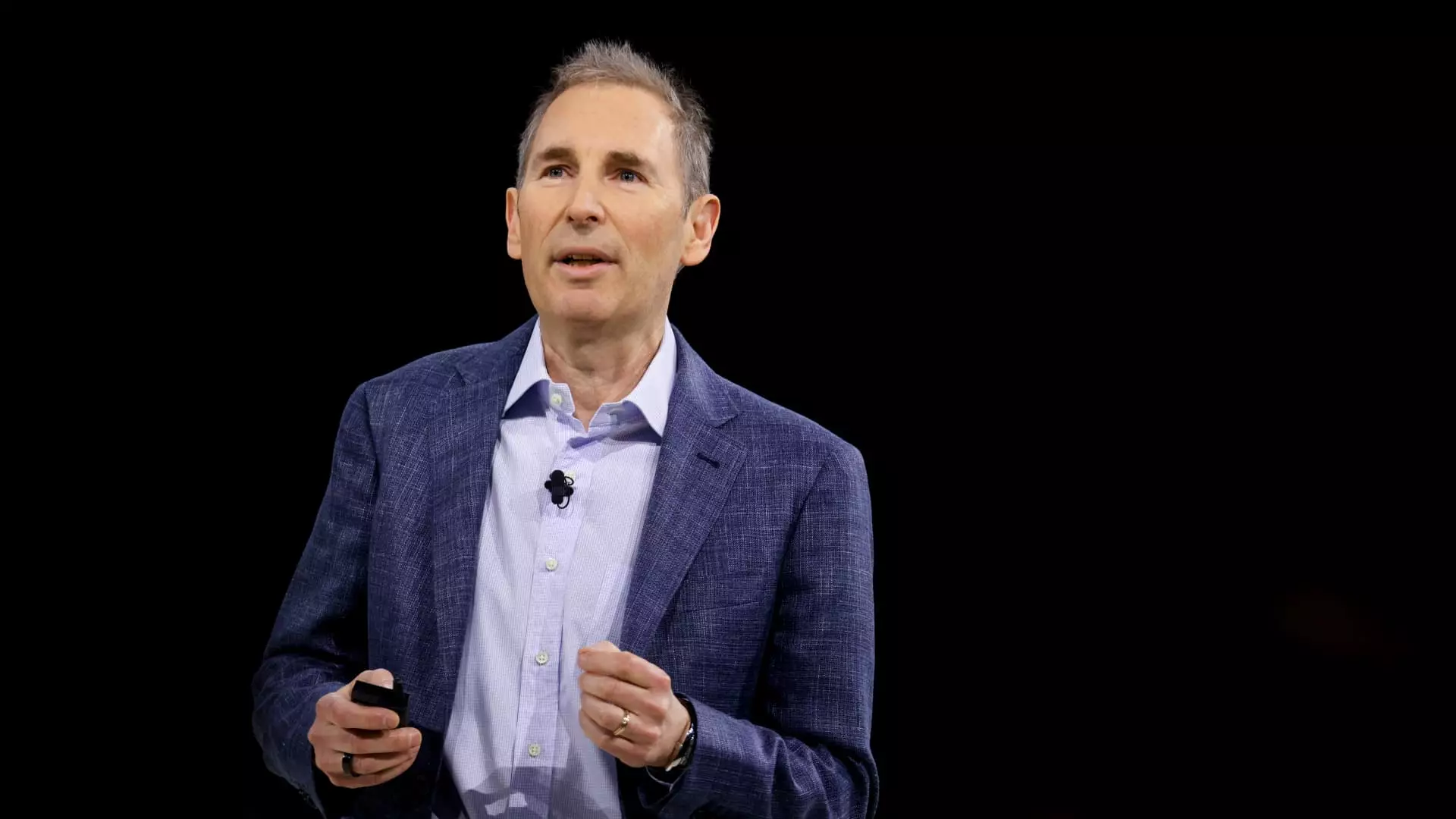Amazon CEO Andy Jassy’s recent remarks about generative AI powering a reduction in workforce hit at a truth many prefer to sidestep: technological advancements often come with a painful human cost. Contrary to the sugarcoated narratives that AI simply creates new opportunities, Jassy acknowledges that “fewer people” will be needed as machines absorb tasks once performed by humans. This candid admission is unlike the platitudes we’re habitually fed—an honest acknowledgment of disruption rather than shallow optimism. It’s a reality that reflects the harsh but necessary evolution within corporations striving for efficiency in an intensely competitive global market.
Efficiency Over Employment: A Center-Right Liberal Perspective
From a center-right liberal standpoint, this shift underscores capitalism’s role in fostering innovation while demanding adaptive labor markets. The middle ground here accepts that while some jobs vanish, the economy must not gird itself in artificial protections that stifle progress. It’s not about doing away with workers but about encouraging a workforce that is agile and capable of reskilling for emerging sectors. Jassy’s point that “there’s going to be other jobs” is true but overly optimistic if those positions require skills that displaced employees do not possess without substantial retraining.
Government intervention should focus less on preventing layoffs and more on facilitating transitions—through better education, targeted subsidies, and creating a culture that embraces continuous learning. The reality is stark: AI will outpace human labor in many domains, and resisting that tide will only lead to economic stagnation.
The Illusion of Job Creation Amid AI Hype
Across Silicon Valley, CEOs from Salesforce to Klarna echo similar narratives—AI will replace large swaths of routine work but also open avenues for innovation. However, this promised “creation of new jobs” often veils the years-long process and complex challenges of retraining a labor force. The Klarna CEO’s claim of a 40% workforce reduction despite “investments in AI” and “natural attrition” exemplifies how companies use AI efficiency gains as a convenient rationale for cutting costs.
While tech giants trumpet AI’s promise of untethering workers from “rote tasks,” the broader labor market will face displacement-induced pressures, especially among lower-skilled employees. The elevated demand for AI roles benefits a technically adept minority but leaves many behind unless committed intervention occurs.
Amazon’s Workforce Reductions: A Harbinger for Other Sectors
Amazon’s layoffs—over 27,000 jobs cut since 2022—are symptomatic of a broader paradigm shift. Unlike cyclical layoffs tied to economic downturns, these losses stem from structural transformation catalyzed by AI’s rapid advancement. Investors’ lukewarm response to Amazon’s stock—flat performance lagging behind Nasdaq peers like Nvidia and Microsoft—signals that the market has long priced in these efficiencies.
For workers, the message is clear: clinging to legacy roles is obsolete. The future belongs to those who can work alongside AI, harnessing technology rather than resisting it. This does not absolve companies from corporate social responsibility, but neither should we indulge in sentimental protectionism that disregards economic realities.
Balancing Innovation and Workforce Stability
Ultimately, Amazon’s approach illustrates a critical fork on the road of industrial change. AI adoption will slim down teams but enhance productivity, innovation speed, and service quality. For those advocating a vibrant, competitive economy, embracing this change while managing its human impact is not just pragmatic—it’s imperative. Neither an unregulated free-for-all nor heavy-handed labor preservation offers a sustainable path.
Successful integration of AI hinges on fostering an adaptable labor market and incentivizing companies to invest in human capital alongside technological capital. Only then can we mitigate the stark disruption anticipated by leaders like Jassy and turn it into opportunity rather than crisis.

